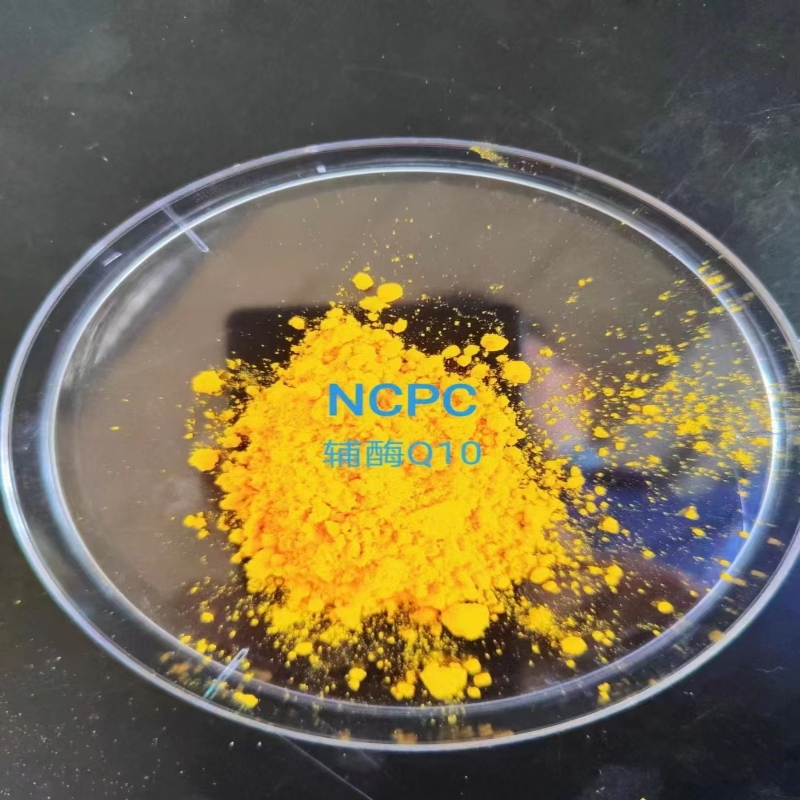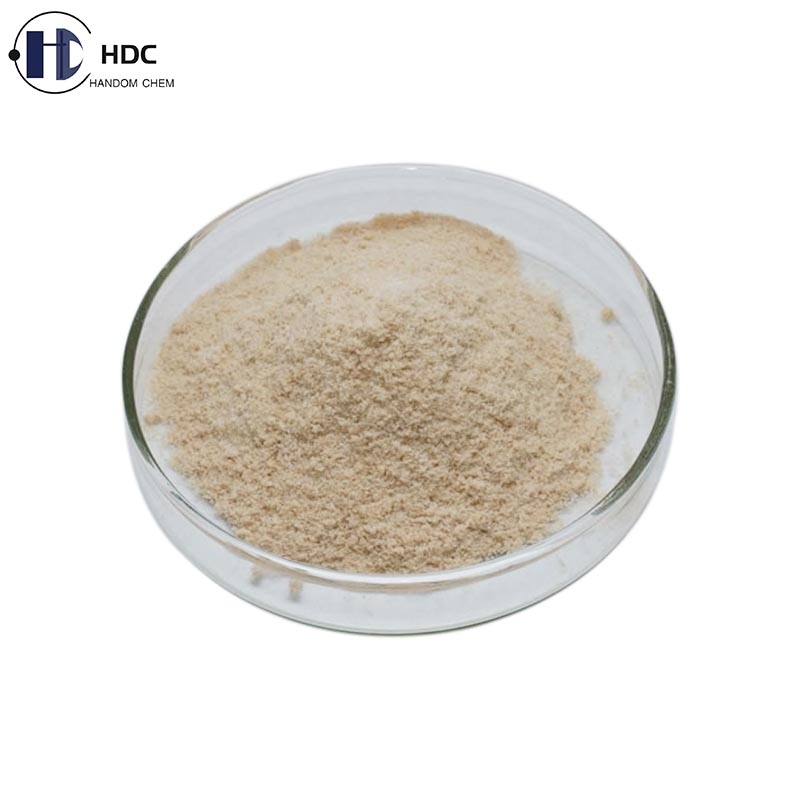To study the prediction and analysis method of drug regulated kinase spectrum based on multi task deep neural network
-
Last Update: 2019-09-08
-
Source: Internet
-
Author: User
Search more information of high quality chemicals, good prices and reliable suppliers, visit
www.echemi.com
Protein kinases are the key regulatory molecules of cell function and one of the largest and most diverse gene families in organism Therefore, kinase is an important target for the development of drugs for cancer, inflammation, diabetes, cardiovascular disease and Alzheimer's disease However, due to the highly conserved structure of kinase family proteins (especially catalytic domain), the development of highly efficient selective kinase inhibitors has been challenged Since the 21st century, with the rapid improvement of computer computing power and the emergence of big data, deep learning has risen rapidly on the basis of machine learning algorithm, and has been widely used in the field of drug research and development However, for many kinase targets that have not been fully studied, the existing data are far from the level needed to train medium-sized neural networks Therefore, the traditional single task neural network model is usually difficult to achieve better generalization performance In order to solve this problem, the team of Jiang Hualiang and Zheng Mingyue from Shanghai Pharmaceutical Research Institute of Chinese Academy of Sciences used multitask deep neural network to establish a classification model to solve the problem of kinase spectrum prediction Multi task deep neural network can effectively solve the related multi category classification problems through the transfer learning between tasks For many kinase targets, the shared conservative catalytic domain makes the multi activity prediction tasks closely related Therefore, multi task deep neural network can effectively reduce the limitation of specific kinase data on the generalization performance of the model In addition, multi task neural network can predict the whole kinase spectrum without multiple modeling, and reduce the scale of model parameters by using shared representation, which can make the training and learning process of the model more efficient The above research results were recently published online in Journal of medical chemistry, entitled deep learning enhancing King wide polypharmacology profiling: model construction and experiment validation, and were selected as the cover paper Zheng Mingyue, Center for drug design and discovery (DDDC) of Shanghai Institute of medicine, is the corresponding author of this paper The first author is Li Xutong, doctoral candidate of DDDC.
This article is an English version of an article which is originally in the Chinese language on echemi.com and is provided for information purposes only.
This website makes no representation or warranty of any kind, either expressed or implied, as to the accuracy, completeness ownership or reliability of
the article or any translations thereof. If you have any concerns or complaints relating to the article, please send an email, providing a detailed
description of the concern or complaint, to
service@echemi.com. A staff member will contact you within 5 working days. Once verified, infringing content
will be removed immediately.







